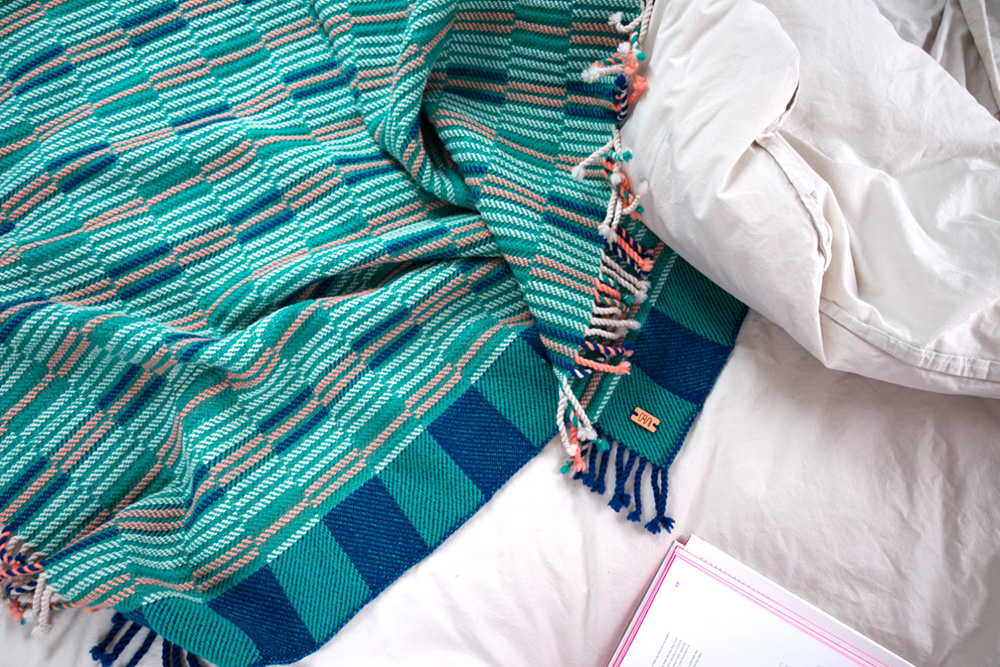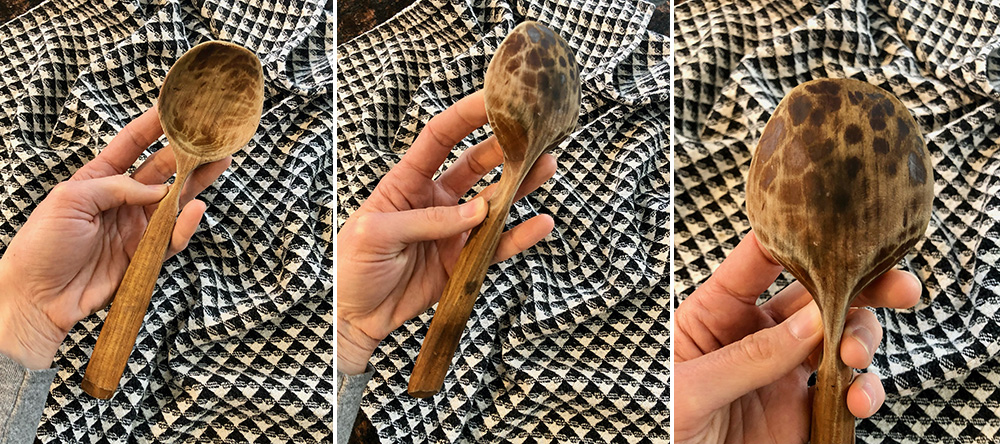
This Won’t Last Forever

What does forever mean in fibers? In craft? Is forever a good thing? Resident Artisan Christine Novotny examines these questions in her latest blog post.
I hear the phrase often, “oh yes, great investment, this will last you forever.” It’s a quick turn of phrase, to suggest that an item is of good quality and has high usefulness. “Forever” in this context often refers to the span of the consumer’s life. Or perhaps 10 years. Or until one decides to get an upgrade. Or until the fashion falls out of favor.
As often as possible, I choose to invest in good quality items, made by someone I know if I can, or a designer who has put great care into the creation process. Some things actually improve their form function with use—the cast iron I cook all my dinners in, each meal oiling the pores of the iron until I have a naturally nonstick surface. Some objects lose their initial form but improve in my eye - the crispness of linen fiber that softens as I use and launder it. My wooden spoons that have worn along the edges and softened in the sharp lines of the handles.
A handcarved wooden cherry spoon by Mike Loeffler, used and loved for the past 9 years
Textiles are an interesting case study in the “does it last forever” question. Traditionally, no. Up until the late 1800s, all fiber came from plants or animals, thus having a natural decomposition timeline. We are lucky to have examples of textiles dating back over 2000 years, preserved in special conditions such as oxygen-deprived bogs or permafrost environments. However, most textiles have met their inevitable demise through great use and the natural lifetime of the fibers.
Unfortunately, many textiles that are created these days actually will last forever—either in the physical form or their effects. The synthetic fibers in nylon and spandex are being found in multitudes in our oceans, the effects of their wear far surpassing the wearer. We have fallen out of trend with natural fibers and their personalities and demands. Hand washing, cold water, hanging to dry. Once we get to know the fibers of our fabrics, we see that each one has its own personality. The lustre of linen after a good steam. The squish and softness of wool, and the incredible quality of the fibers binding together through felting.

My handwoven Impressions Blanket in Blue - 100% wool with leather tag
At the end of the day, many of these handcrafted textiles will not last forever. Wool can fully decompose in 1-5 years, linen and cotton even less at up to 2 weeks. Spandex and polyester take 200 years and beyond, and they shed plenty of microplastics before their life has ended.
My consumer habits are far from perfect—last year I purchased a memory foam pillow to replace the hand-me-down goose feather pillow I’d been sleeping on for years. In that instance, I prioritized my body and neck position as a side sleeper, with the great awareness that I was purchasing a rather large piece of eventual trash. Being a modern conscious consumer involves some bending, but over time I have developed enough material intelligence—to borrow from Glenn Adamson—that I can weigh my choices and be honest with myself about the impact.
In my weaving and textile practice, I want to reconsider this notion of things lasting “forever” and instead create high-quality utilitarian objects that can eventually go back to the earth. This is one of the things I love about being at North House Folk School. There is such a great opportunity to learn from other experts about the materials around us, and how to cherish and care for them. My dear friend and fellow ADP-er Emily Derke recently said that the folks who connect with North House are often interested in a more labor-intensive lifestyle, and I loved that description. This labor may be the creation of objects, or the maintenance and care of special objects. Surrounding ourselves with natural things that have a reasonable lifespan can reconnect us to the idea of what should last a long time, and the things that will actually last forever that could be avoided.